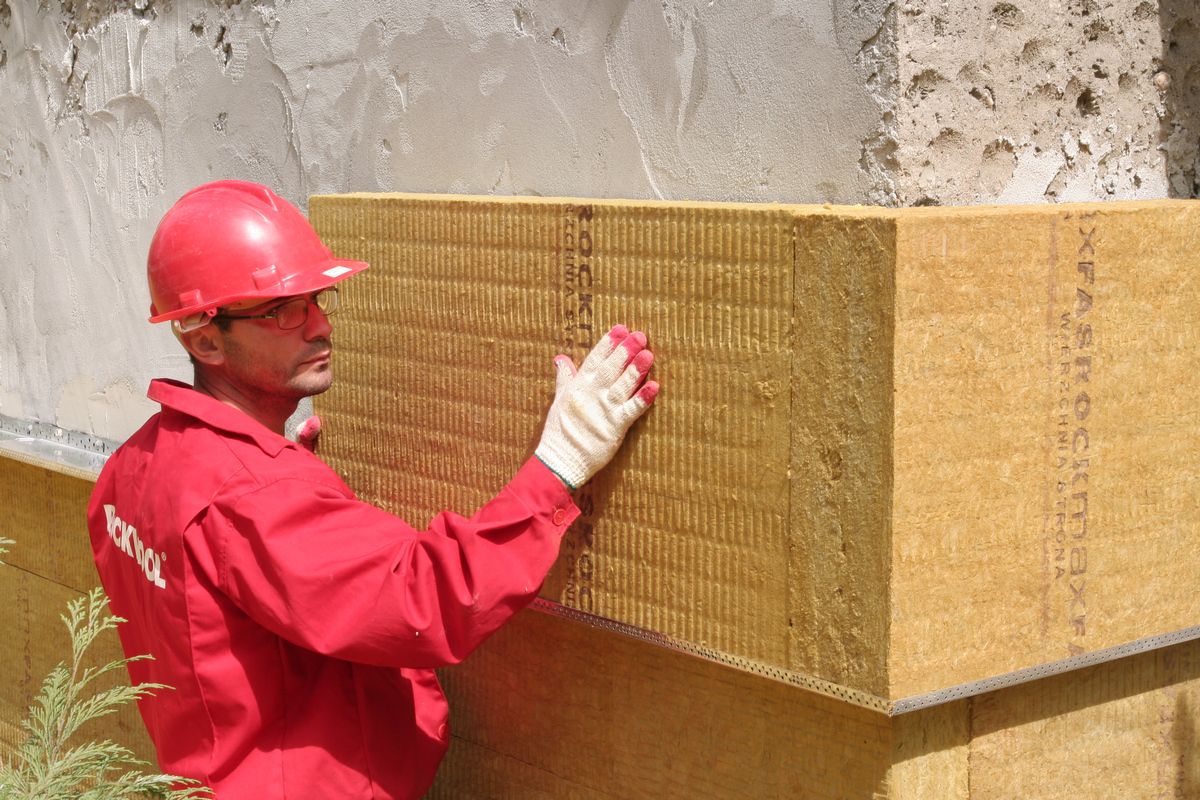Cavity wall insulation minimises heat loss from your property, eliminating draughts and helping to reduce energy bills. It can also help to reduce noise transmission from room to room.
It is typically installed using polystyrene beads injected through small holes in the exterior of the home. Other options include mineral fibre wool or expanding foams.
Insulation Materials
A cavity wall insulation upgrade is one of the most practical ways to improve the EPC rating of your home. It reduces heat loss through the external walls, and helps your central heating system work less hard to keep your home at a comfortable temperature.
Mineral wool or polystyrene granules (commonly known as beads) are the most common materials used in cavity wall insulation. They are blown or injected into the cavities using small holes which are then filled so there is no sign that the work has been carried out.
Glass wool is the most environmentally friendly option – it is made from recycled glass and sand and requires very little energy to produce. It also insulates well and can be easily adapted to suit the needs of your home. For example, it is available as pre-cut cavity batts that can be slipped between joists. It’s also breathable, so it can be installed in older properties that may experience issues with penetrative dampness.
Installation
Cavity wall insulation is pumped into the gap between the two external brick walls in your home by trained experts using specialist equipment. Once installed it should last the life of your property and offer a significant reduction in your energy bills.
Usually, the installer will also fit a vapour barrier to prevent moisture from penetrating the inner leaf of your house and causing damp issues. The installation should only take about two hours and shouldn’t cause much mess.
There are a number of different materials that can be used to insulate your cavity walls. These include mineral wool, spun from either rock or glass; Urea formaldehyde foam; and expanded polystyrene beads. These are the most popular options today. They are injected into the cavities and have a low absorption rate, which helps to minimise the risk of dampness. They are also affordable and easy to install.
Borosilicate Glass
Borosilicate glass uses the same silicon oxides as standard glass, but it’s the addition of boron trioxide that gives it its unique properties. This allows borosilicate glass to retain its optical clarity and strength even when subjected to extreme heat. It’s this ability that scientists rely on to make microscope lenses that reveal the inner workings of microscopic organisms, and that astronomers use to bring far off galaxies closer to home.
Its low coefficient of thermal expansion also means that it can withstand sudden temperature changes without cracking or breaking. In everyday life, this means that you can transfer a borosilicate glass from your refrigerator to your stove without having to worry about it shattering as it goes through the transition.
To test this, a sample of borosilicate glass was subjected to a cycle of high temperatures and sudden cooling. Using a DSC curve, the compressive strength of the sample was monitored. This resulted in a decreasing compressive strength and an increasing mean pore size as the temperature increased.
Warranty
If you choose a reputable contractor to install your insulation the manufacturer should offer you a warranty for the materials. This is normally for 25 years and can be transferred to the next homeowner should you sell your property.
Depending on your location and climate, certain types of insulation will be better than others. For example, if you live in an area with a mild climate, insulating your cavity walls with cellulose may not be as effective as a closed cell spray foam or Icynene insulation.
Adding a layer of insulation to your property is one of the most cost-effective ways of improving its energy efficiency and reducing harmful greenhouse gasses in the atmosphere. However, the benefits of this type of insulation can only be realised if it is correctly installed by an experienced professional. To help you, we have compiled a list of the top tips to consider before installing a new layer of insulation in your home.









